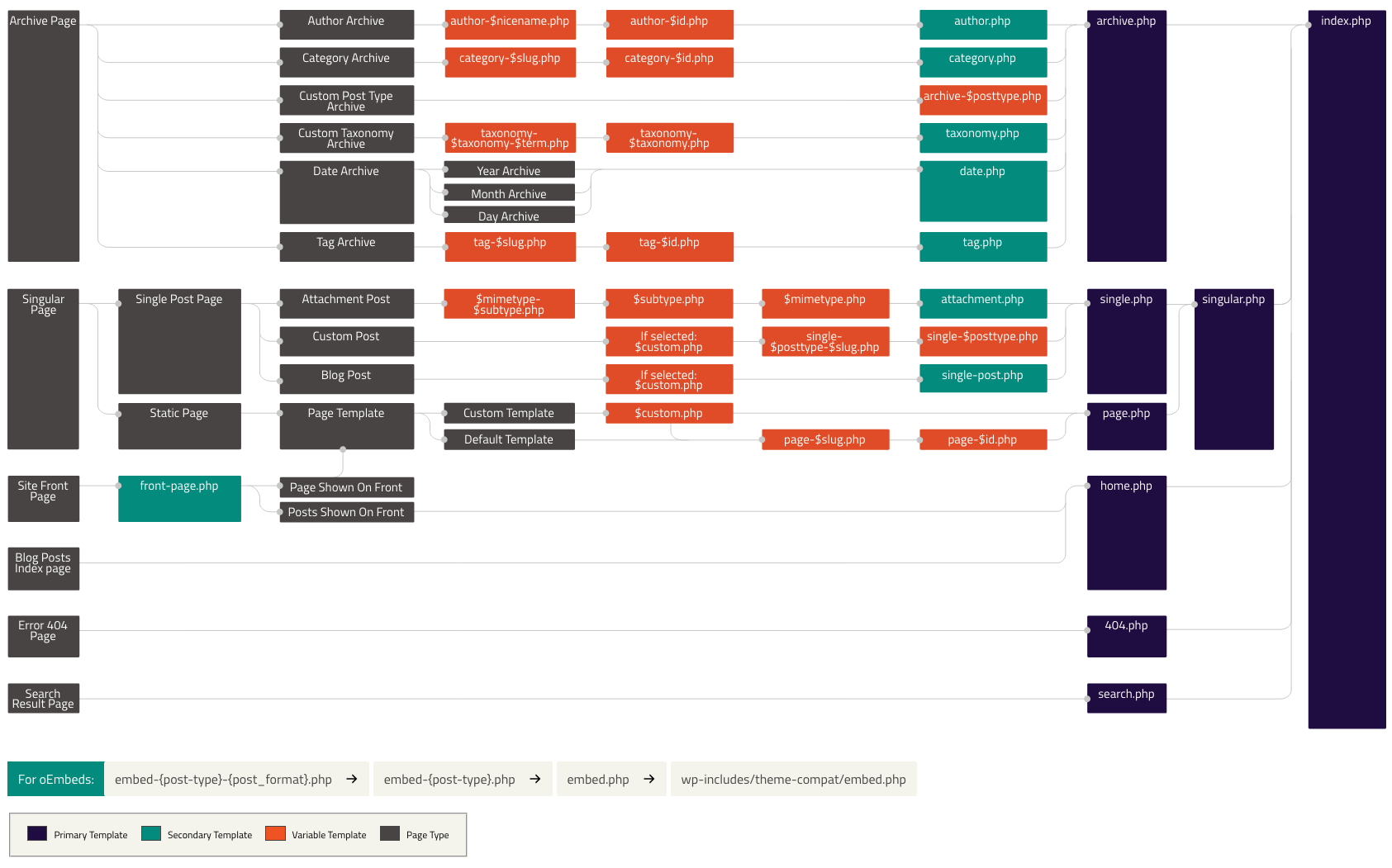-
Notifications
You must be signed in to change notification settings - Fork 4.3k
New issue
Have a question about this project? Sign up for a free GitHub account to open an issue and contact its maintainers and the community.
By clicking “Sign up for GitHub”, you agree to our terms of service and privacy statement. We’ll occasionally send you account related emails.
Already on GitHub? Sign in to your account
Full Site Editing: De-emphasise inactive templates in template navigation UI #26264
Labels
[Priority] Low
Used to indicate that the issue at hand isn't a top priority to address and can be handled later
Comments
|
I think there are ways in which we could handle some inactive templates but from the opposite end — i.e. if there is a |
6 tasks
|
A rudimentary version of this has been merged so I'm going to close this. We can revisit later as required. |
Sign up for free
to join this conversation on GitHub.
Already have an account?
Sign in to comment
Labels
[Priority] Low
Used to indicate that the issue at hand isn't a top priority to address and can be handled later

If there are inactive, non-general ($custom) templates at a site, they should be moved to an "inactive" section in the new template navigation UI.
As an example, if the Page, Single, and Singular templates were all present (and assuming no other CPTs are registered), the Singular template would never be resolved to display content. De-emphasising the template by moving it to an "inactive" section does two things:
The Inactive section should appear towards the bottom of the panel, just above the "Manage all templates" menu item:
Note: The template descriptions are still WIP :)
The text was updated successfully, but these errors were encountered: